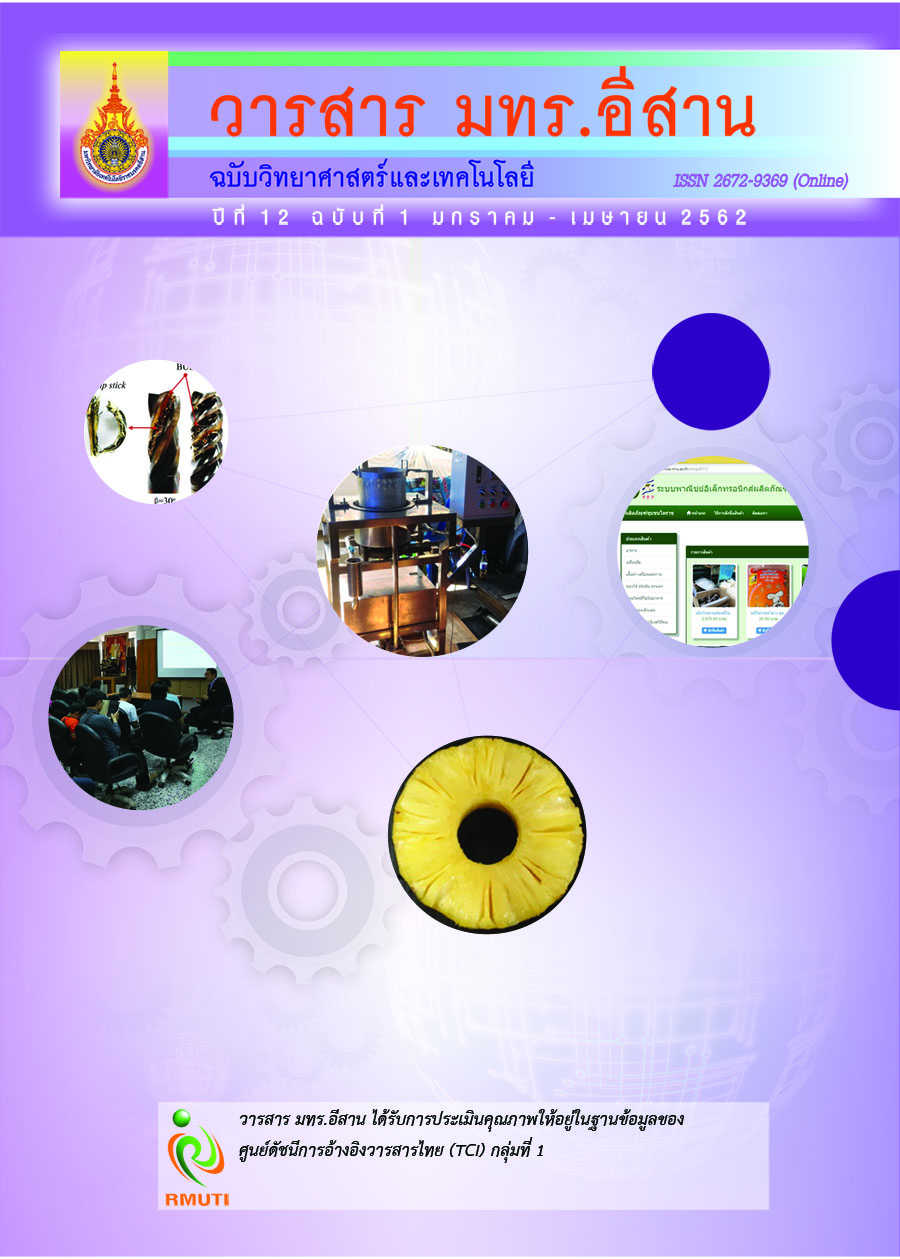The Identity of Community Traditional Shophouse Along the Makong River, Nakhon Phanom Province
Main Article Content
Abstract
This article aimed to present the identity of community traditional shophouse along the Mekong River of Nakhon Phanom Province. The objectives of the article are to study the settlement and architectural identity of traditional shophouse along the Mekong River of Nakhon Phanom Province and to study the architectural pattern and the characteristic of buildings in order to use as database to set up some guidelines for single-storey shophouse conservation. The methods of the study are related literatures and theories reviewing, physical characteristics surveying and shophouse residents interviewing. The result of the study were found that first, In the past,
traditional communities along the Mekong River were settle by commercial purpose and the initial style of those shophouse was influenced by Vernacular architecture and Chinese architecture and later western styles methods of construction was adopted. Second, the distinct identity of the shophouse was the adaptation of its utility space that could be changed in accordance with residential characteristic and external appearance. The shophouse was distinctly adjusted to be in line with social context and local culture. Third, the growth and the development of the city reduced roles of the traditional commercial community along the Mekong River and new communities were occurred along the expansion of roads. The style of the shophouse was changed to be more modern. The result of this study was presented as the development of settlement and the architectural identity of single-storey shophouse and also as the promotion of building conservation to further maintain architectural identity of the traditional community along the Mekong River of Nakhon Phanom Province.
Article Details
References
[2] Office of Natural Resources and Environmental Policy and Planning. (2012). Quality Standards Project. Fine Arts Environment Old Town Neighborhoods In the Central Region and East. Bangkok : Property Printing Co.,Ltd.
[3] Ornsiri, P. and Somkid, J. (2001). The Local Trading House in the City. Bangkok: Thailand Research Fund. (in Thai)
[4] Chinoros, P. (2010). The Study of Vernacular Shop in Town of Chiangkhan as the Community’s Remembrance. Master thesis in Architecture. Silpakorn University. (in Thai)
[5] Tawatchai, S. (2015). Architectural Characteristics of Row Houses in Nakhon Phanom Old Town. Master thesis in Architecture. Khon Kaen University. (in Thai)
[6] Nattavut, C. (2014). An Architectural Management in the Old Town District for Cultural Tourism: Case Study of Shophouses in Wat O-Kas Song Community, Sunthornvijit Road, Nakhonphanom Province. Master thesis in Architecture. Thammasat University. (in Thai)
[7] Punyanutwipha, S. and Ekapol, S. (2017). A Study on the Architectural Identity of the Chanthaboon Waterfront Community for Store Interior Environment Design Guideline. Built Environment Inquiry Journal. Vol. 16, No. 1, pp. 44-54 (in Thai)
[8] Winai, M. (2011). The Home Stays Style of Reflective Architectural Identities for Samut Songkram. Research Reports: Faculty of Industrial Technology Suan Sunandha Rajabhat University. pp. 63-64
[9] Thanit, S. and Nopadon, T. (2017). Dynamics of House Styles in the Northeast of Thailand. Academic Journal Faculty of Architecture, Khon Kaen University. Vol. 15, No. 2, pp. 14-15
[10] Anon, C. (2017). Urban Development and Architectural Typologies in Luang Prabang Under the Western Influences During the Period of Colonial State. Academic Journal Faculty of Architecture, Khon Kaen University. Vol. 15, No. 2, pp. 45-46
[11] Sujit, W. (2011). Where is Nakhon Phanom from. Bangkok: Mae Kham Phang Publishing.
[12] Umaporn, B., et al. (2008). The Study on Housing Development and Rehabilitation That Promotes The Identity of The City Area of Old Town Sakon Nakhon. Built Environment Research Associates Conference (BERAC). pp. 84
[13] Jatuporn, D. (2008). The Ethic Indentity Construction of the Vietnamese Thai in Ban Na Jok, Tambon Nongyat, Amphoe Muang, Changwat Nakhonphanom. Khon Kaen: Khon Kaen University. (in Thai)
[14] Office of Natural Resources and Environmental Policy and Planning. (2015). Project Quality standards Began Art environment Old Neighborhoods to Practice: A Management Plan Conservation and improvement of the Environment in the Old Town of Tha-UThen. Nakhon Phanom Province. Bangkok : Property Printing Co.,Ltd. (in Thai)
[15] Thungsakul, N., Weerataweemat, S., Suphamityotin, K., Promnar, S., Utaiwattananont, A., Arunee, N., and Thungsakul, K. (2017). Style and Identity of Vernacular Houses in Mun River and Phra Pleng Basin, Nakhon Ratchasrima Province. Academic Journal of Home of Proudness (AJHP). pp. 43
[16] Danai, N. (2006). Spatial Usage in Earthen Dwellings : A Case Study in Southern Isan. Journal of Makong Societies. Vol. 2, No. 2, pp. 23-37


